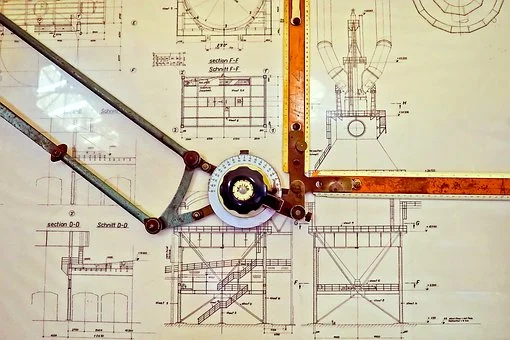Anyone who has filed a design or utility payment in the USA knows how complex and frustrating US patent illustration requirements can be. According to the USPTO and various patent offices across the world, the role of patent illustrations is to visually explain what textual descriptions of the invention can’t explain. In other words, patent illustrations serve as the “second language” in patent filing processes.
Recently, patent laws in various countries, including the USA, have compelled applicants to include as many illustrations as possible in their patent applications. Each patent illustration needs to follow certain rules set by patent offices. In the USA, failing to follow these rules leads to patent applicants receiving “Office Actions” from the USPTO.
Office actions typically lead to application rejections and penalties. This article will explore the most important patent illustration requirements that different patent associations like PCT, CIPO, etc., follow. Then we’ll compare their differences and similarities with the USPTO’s patent requirements.
Similar – Sheet Size and Margin Area Requirements
A4-sized sheets are used universally for patent drawings. This requirement is applicable in patent offices across the world – Korea, Japan, India, Germany, France, Finland, China, Canada, Argentina, Australia, Austria, the PCT, and the USPTO. As per their guidelines –
- The sheet sizes either need to be (8.27 in x 11.69 in) or (8.5 in x 11 in).
- The height of the texts used in the illustrations should be at least 0.32 cm.
- The patent illustrations also need to be numbered.
Different – Photograph Requirements
Two of the world’s most important patent offices, the PCT (the Patent Cooperation Treaty) and WIPO (World Intellectual Property Organization), don’t allow patent applicants to use colored photographs. They allow only grey photographs. The USPTO allows the use of colored photographs on rare occasions. Applicants need to file requests with the USPTO if they want to use colored photographs.
Similar – The Use of Color in Patent Drawings
Most patent agencies prefer applicants submitting black and white drawings.
Different – PDF Creation
The USPTO advises patent applicants to use EFS-Web, a web-based patent application tool. This tool also allows applicants to submit their patent drawings in PDF formats directly to the USPTO. EFS-Web uses web-based screens to enable applicants to create PDF versions of their formal patent drawings with resolutions higher than 300 dots per inch.
The EFS portal rejects patent drawings with resolutions less than 300 DPI. Other patent offices across the world have different criteria when it comes to creating PDF versions of patent drawings. However, all US patent applicants will have to use the EFS-Web portal during submissions.
Similar – Hiring Professional Experts
Patent offices across the globe advise patent applicants to partner with professional experts in patent drawings and illustrations. These credible patent illustrators are masters of technical drawings in various fields of patents – mechanical engineering, biotech, medical, and various other sectors.
Professional patent illustration experts understand all US patent illustration requirements and the patent illustration requirements that different patent associations across the world like PCT, CIPO, etc., ask applicants to follow. Their high-quality illustration services enable patent applicants to avoid office actions, delays, and rejections.
Professional Patent Illustrators (PPI) is a company established in the United States that provides unremarkable services all over the world. PPI is transparent throughout the design process and produces high-quality solutions. Before you hire us, you might like to look at some samples. You can request samples of our work by completing a simple form on our website.
To make an inquiry, visit Professional Patent Illustrators.


